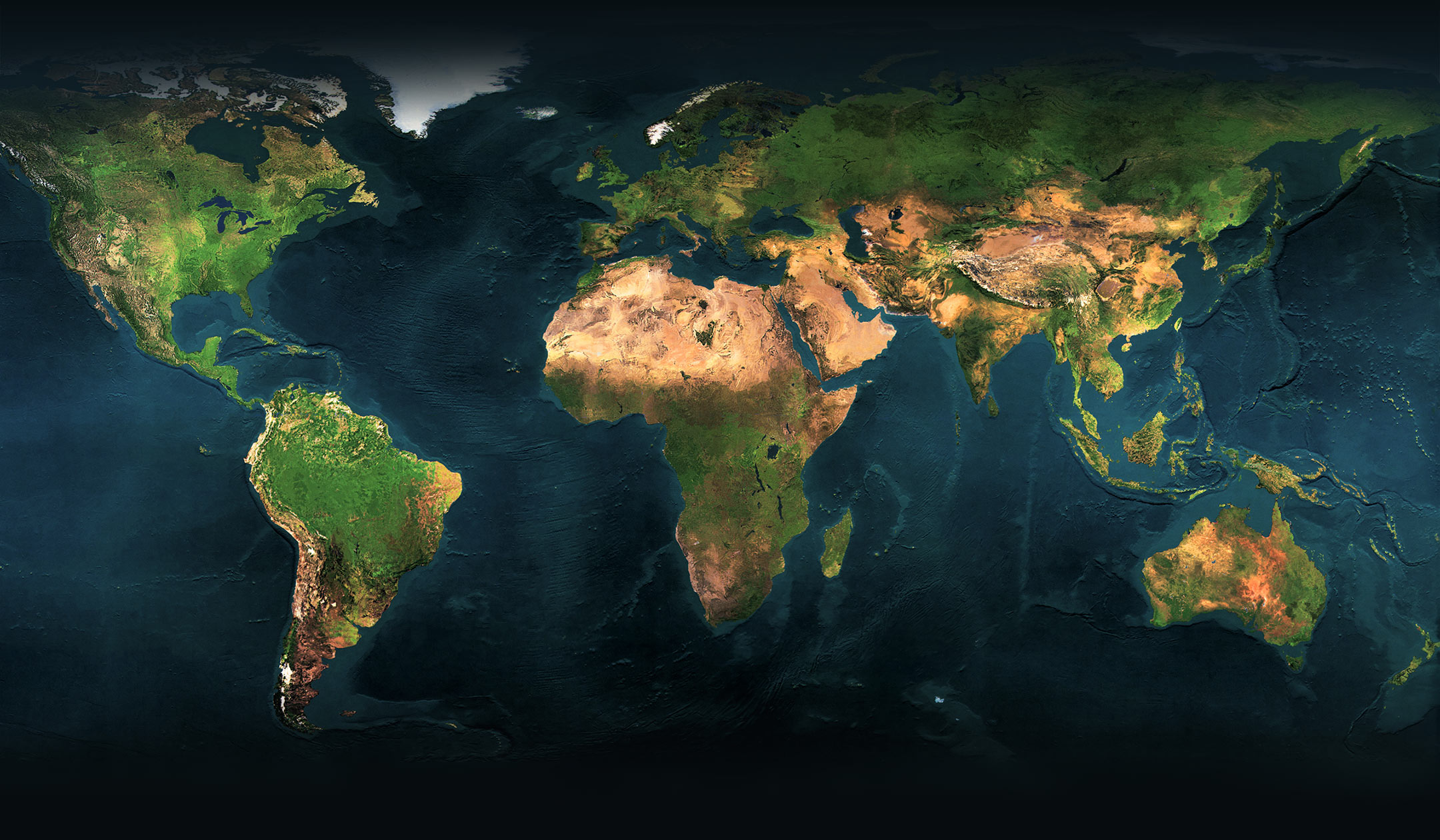Yogyakarta
December 2016
A short trip to the former king's city Yogyakarta on Central Java between Christmas and New Year's Eve 2016 to see the town, but more specifically the old temple complexes such as the Borobudur, Sumur Gumuling, Prambanan, Candi Plaosan, and the rice terraces in the neighbourhood.
